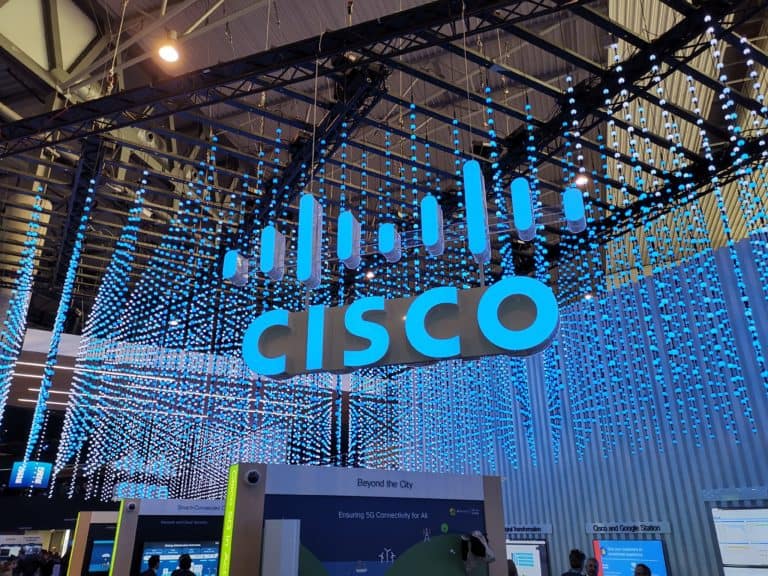Cisco has announced MindMeld to create open source. MindMeld is an artificial intelligence (AI) platform for conversational AI. The platform is available under the Apache 2.0 licence.
MindMeld was an AI company that acquired Cisco in 2017, reports TechCrunch. After the takeover, the company’s technology was used in the Spark Assistant, which was used to transfer voice commands to hardware for meetings. In this way, meetings had to be made simpler and better.
For example, the Spark Assistant made it possible to perform various tasks with a voice command, such as entering a meeting and adjusting the volume.
MindMeld
Although the technology was something completely new at the time, many people today work together to bring voice to enterprise use cases. Cisco gives developers the ability to do exactly that with the MindMeld toolkit.
“Cisco is taking a big step today to provide developers with more comprehensive and practical tools for building conversational applications by making the MindMeld Conversational AI Platform open source,” said Karthik Raghunathan, the company’s head of machine learning.
The company also wants to make it easy for developers to actually use the platform. That’s why it publishes the Conversational AI Playbook, a step-by-step guide to help developers start working with conversation-driven applications.
Further development
Cisco states that it mainly wants to help developers with this, but it is also good for the company when developers outside the organization work with and on the set of tools. By making them open source, Cisco hopes that a community of developers will start using, testing and improving the tools. As a result, the platform is developed faster and more broadly than was previously possible.
The tools are now available on Cisco’s own DevNet platform.
This news article was automatically translated from Dutch to give Techzine.eu a head start. All news articles after September 1, 2019 are written in native English and NOT translated. All our background stories are written in native English as well. For more information read our launch article.